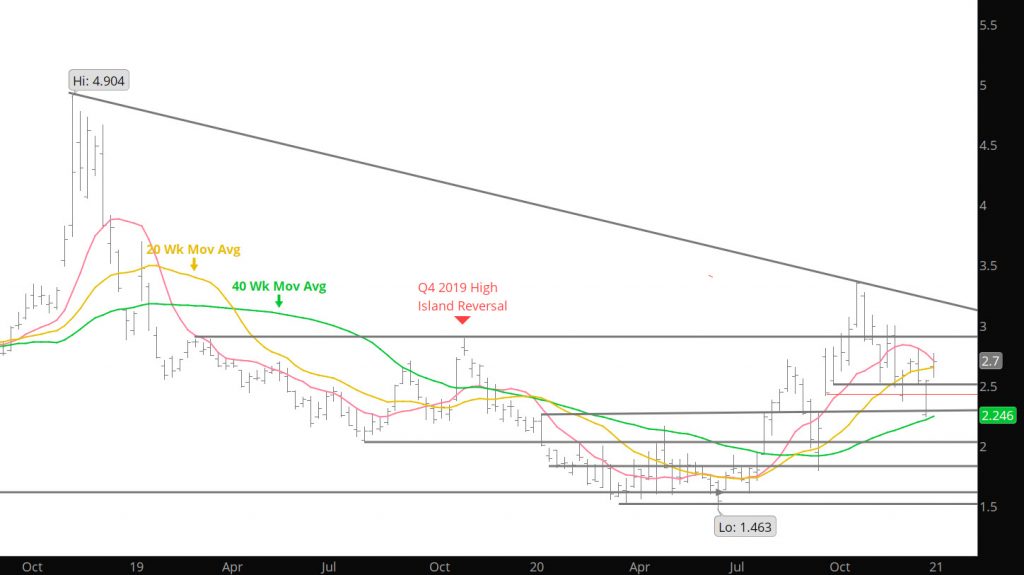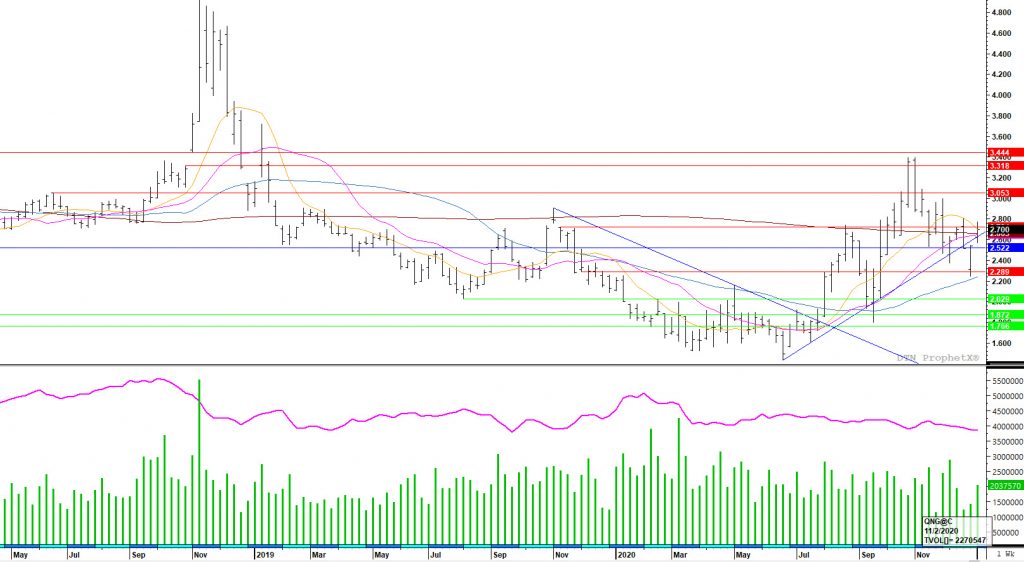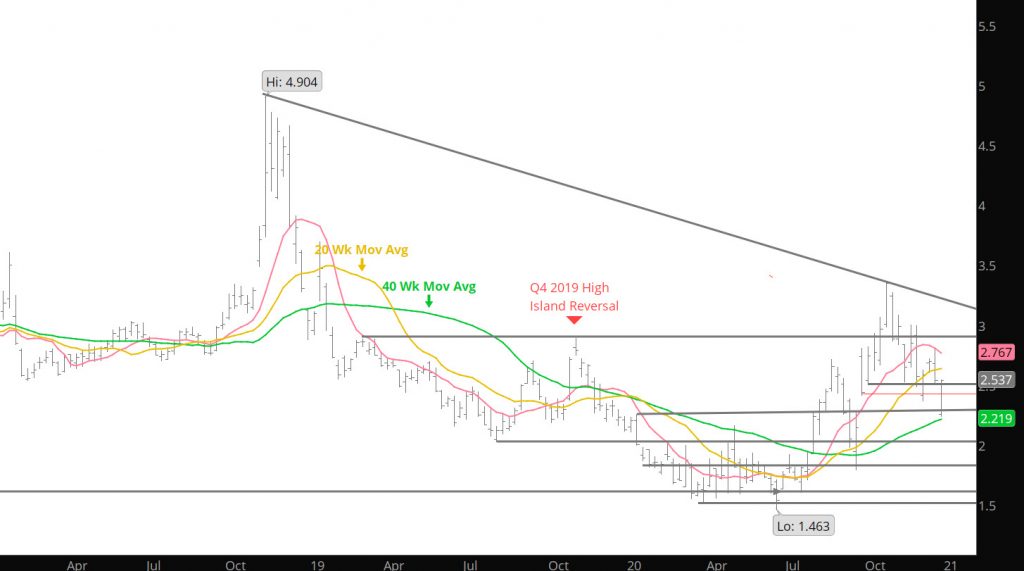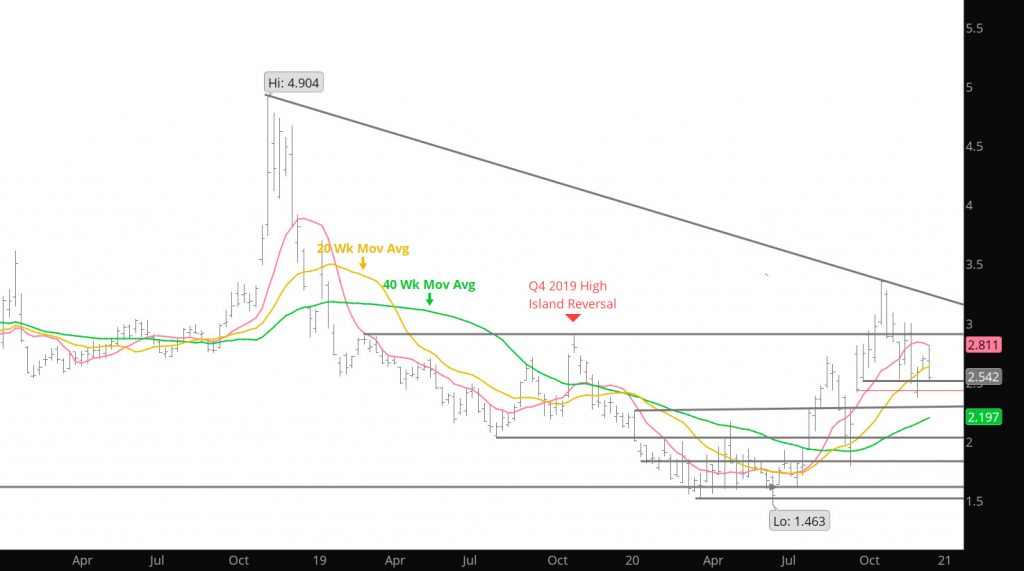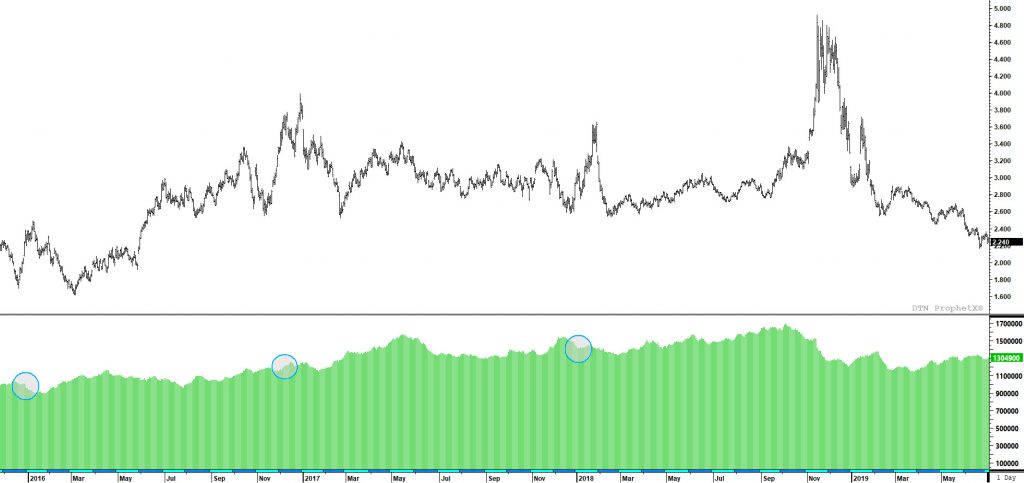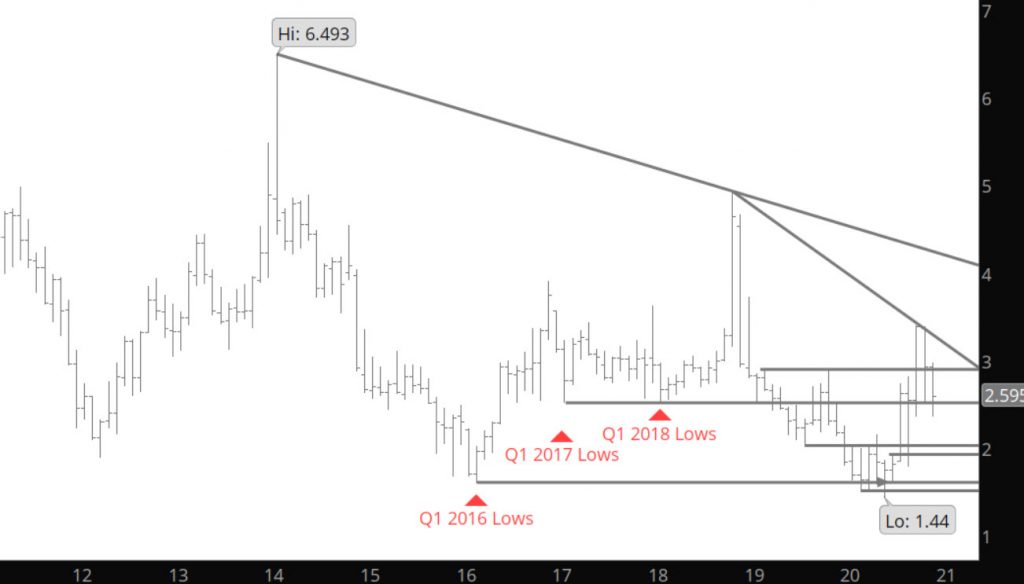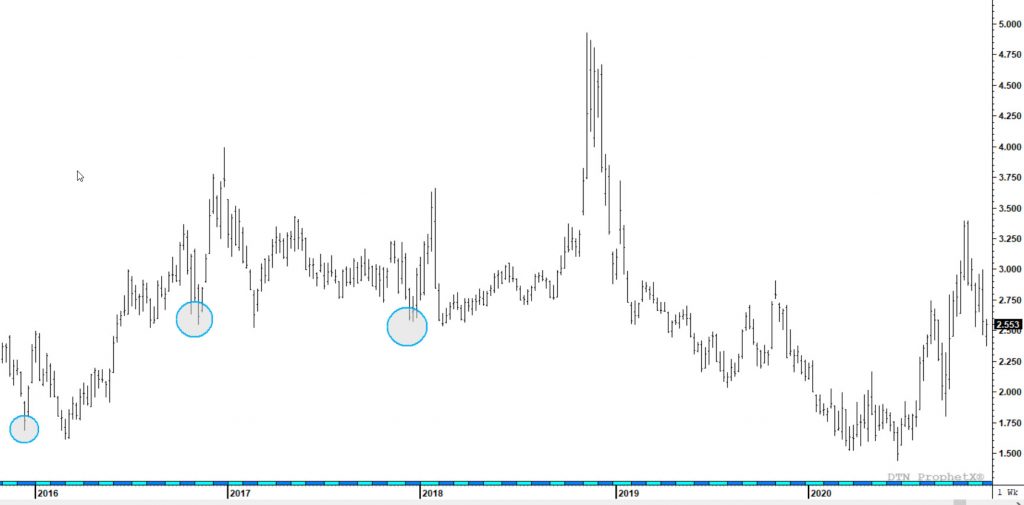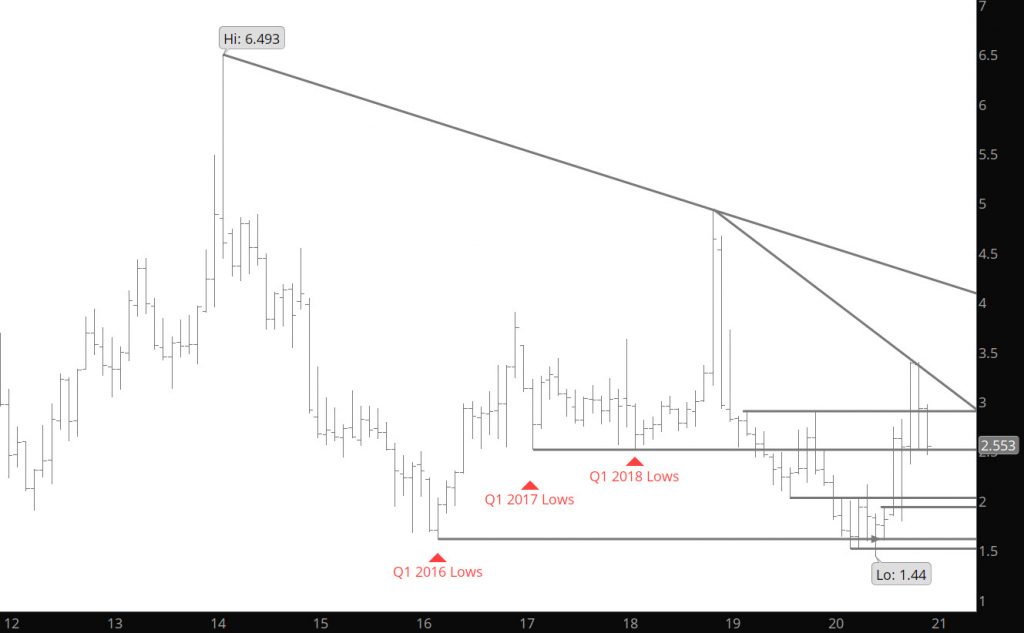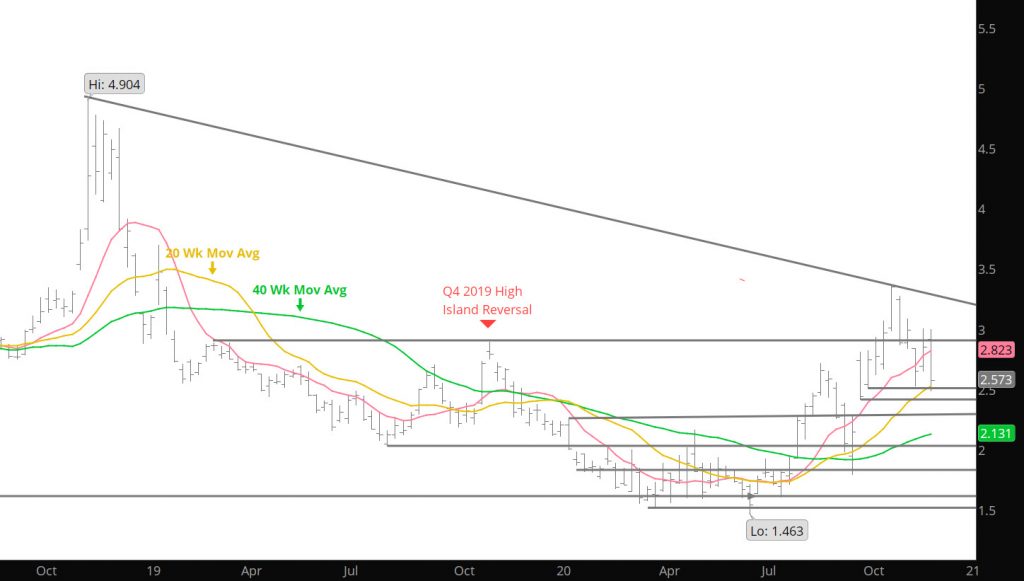Category: Weekly Detail
To read The Daily Call you must be a subscriber (Current members sign in here. ) Start your subscription today.
Higher High — Quiet Week
To read The Daily Call you must be a subscriber (Current members sign in here. ) Start your subscription today.
2021 Commences With Gap
To read The Daily Call you must be a subscriber (Current members sign in here. ) Start your subscription today.
Early January Trade Has History
To read The Daily Call you must be a subscriber (Current members sign in here. ) Start your subscription today.
Prices Likely to Test Support Gap
To read The Daily Call you must be a subscriber (Current members sign in here. ) Start your subscription today.
Where Does It End
To read The Daily Call you must be a subscriber (Current members sign in here. ) Start your subscription today.
Action Consolidates Above Key Moving Average
To read The Daily Call you must be a subscriber (Current members sign in here. ) Start your subscription today.
Support Challenged — Declines Failed
To read The Daily Call you must be a subscriber (Current members sign in here. ) Start your subscription today.
Those Early Winter Calls for the “End of Winter”
To read The Daily Call you must be a subscriber (Current members sign in here. ) Start your subscription today.
Break Down Tests the ’18 and ’17 Q1 Lows
To read The Daily Call you must be a subscriber (Current members sign in here. ) Start your subscription today.





